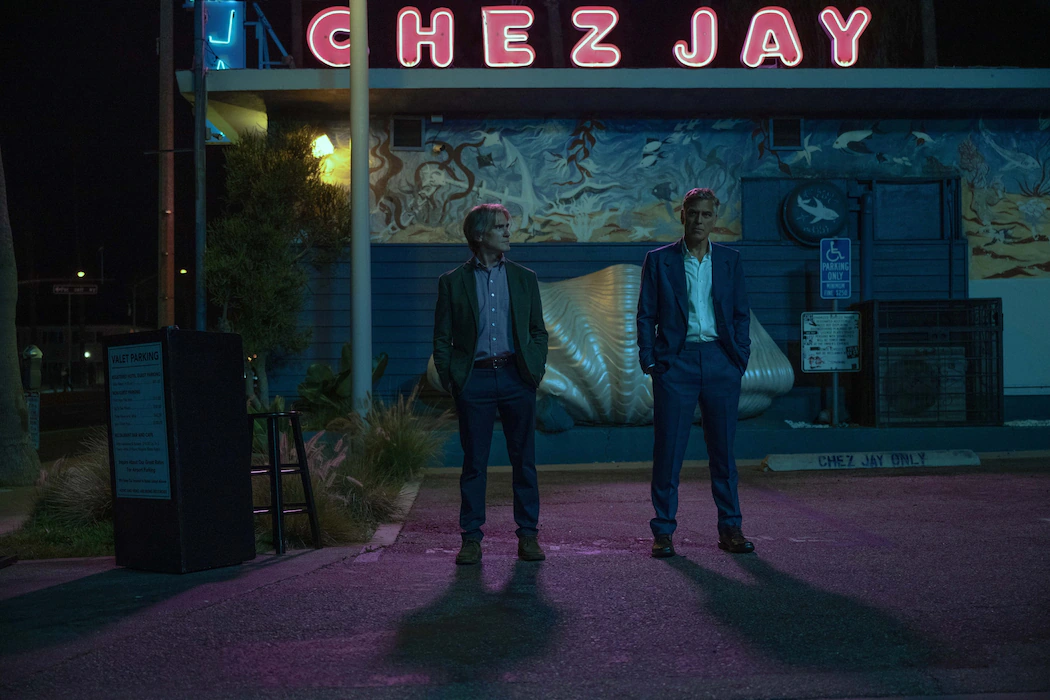In the ever-evolving landscape of language learning tools, the animated cartoon series “Muzzy”, produced by the BBC in the 1980s, has maintained a surprising longevity and influence. Designed for children but beloved by people of all ages, “Muzzy” utilizes a story-based format to teach basic language skills. In recent years, this format has experienced a resurgence, with digital platforms like Duolingo, Babbel, and even YouTube-based educational channels adopting a similar, story-driven methodology. This essay explores Muzzy’s impression on language acquisition, comparing its effectiveness with modern language-learning tools and examining its legacy in shaping contemporary pedagogical trends.
Story-Driven Language Learning
Muzzy first debuted in 1986 as an animated language-learning program designed to introduce children to a new language through immersion in stories. The series featured an alien named Muzzy, who interacts with a cast of human and animal characters in various scenarios. The show was produced in multiple languages, including English, French, Spanish, and German, and relied heavily on repetition, visual cues, and simple dialogue to reinforce vocabulary and grammar. Unlike conventional language courses, which often rely on rote memorization and direct translations, Muzzy encouraged learners to acquire language in a more organic way, akin to how they would pick up their first language.
This story-based approach was revolutionary at the time, as it relied on a “total physical response” method of teaching that aimed to engage multiple senses simultaneously. Through narrative and visual storytelling, learners were able to see words and phrases in context, making it easier to understand and remember. The repetitive and simplified structure of the dialogues mirrored everyday conversations, helping learners grasp basic language patterns without feeling overwhelmed.
Modern Language Learning Tools: Trends and Shifts
Fast forward to the 21st century, and the field of language learning has undergone a paradigm shift. Digital platforms have emerged as the dominant medium, with gamification, artificial intelligence, and interactive exercises becoming central components. Apps like Duolingo, for instance, use a gamified structure to encourage daily practice, while Babbel emphasizes real-world conversations and cultural immersion. These platforms have been lauded for their accessibility, efficiency, and ability to cater to different learning styles.
Interestingly, many of these modern tools have adopted elements of the Muzzy approach, such as using narratives, visual aids, and spaced repetition. For example, Duolingo Stories integrates short, interactive stories to provide learners with contextualized language practice, much like Muzzy did decades ago. Similarly, platforms like Lingokids, aimed specifically at children, employ animated characters and interactive narratives to engage young learners, drawing clear inspiration from Muzzy’s pioneering methods.
The popularity of these platforms has brought new attention to the effectiveness of story-based language learning. Research has shown that learners who engage with narratives are more likely to retain information, as stories activate multiple areas of the brain and create emotional connections to the content. This stands in stark contrast to traditional language learning methods that often isolate vocabulary and grammar in decontextualized drills.
Muzzy vs. Modern Tools
When assessing the learning effectiveness of Muzzy compared to modern tools, several factors come into play. First, Muzzy was designed to be passive in nature; learners watched and absorbed language through observation and repetition. This format allowed for exposure to language in a relaxed environment, free from the pressure of active participation. The passive learning model works well for very young learners or those who are absolute beginners, as it helps build a foundation of basic vocabulary and sentence structure without overwhelming them.
Modern tools, on the other hand, often incorporate interactive elements that require active participation from learners. This engagement can take the form of quizzes, speaking exercises, and real-time feedback, all of which contribute to a more comprehensive learning experience. The interactivity of these platforms caters to the diverse needs of contemporary learners, who may prefer a more hands-on approach to language acquisition. However, the emphasis on interactivity can sometimes create a higher cognitive load, which may discourage some learners or lead to burnout.
Moreover, *Muzzy* has an inherent advantage in its simplicity. The program’s minimalist design and lack of distractions allow learners to focus solely on language acquisition. In contrast, many modern tools bombard users with additional features like leaderboards, streak counts, and notifications, which can detract from the core learning experience. While gamification has been proven to enhance motivation, it can also shift focus away from genuine language acquisition to superficial engagement metrics.
One area where modern tools excel, however, is in their use of adaptive learning technology. Platforms like Babbel and Mondly utilize AI to analyze learners’ strengths and weaknesses, personalizing the learning journey accordingly. This level of customization was not possible in Muzzy’s time, and it allows for a more tailored experience that can accelerate learning outcomes.
The most striking difference between Muzzy and modern language-learning tools lies in their cultural approach to language acquisition. Muzzy was created during a time when cultural sensitivity and inclusivity were less of a priority in educational media. While the series attempted to present authentic language scenarios, it often fell into stereotypical depictions, such as gender roles and character archetypes that would be considered problematic by today’s standards.
In contrast, modern tools have made strides in embracing cultural diversity and inclusivity. Duolingo, for instance, offers lessons on inclusive language and culturally specific vocabulary, while Babbel includes cultural insights and anecdotes in their lessons to provide context. These elements not only make language learning more relevant and engaging but also foster a deeper understanding of the language’s cultural underpinnings.
Additionally, the global reach of digital platforms has democratized access to language learning. While Muzzy was often limited to educational institutions and private ownership, modern tools are accessible to anyone with an internet connection. This has led to a surge in language learners worldwide, with millions of users on platforms like Duolingo and Babbel.
Impression
Despite the advancements in language-learning technology, Muzzy remains a beloved and effective tool for early language learners. Its nostalgic value, coupled with its approachable format, has made it a staple in language education for over three decades. The series’ emphasis on storytelling, repetition, and visual aids has proven to be a timeless method for introducing new languages, particularly to young children.
Furthermore, Muzzy’s legacy can be seen in the proliferation of story-based language-learning tools that have emerged in recent years. Programs like Little Pim, DinoLingo, and Rosetta Stone for Kids all draw from Muzzy’s foundational principles, utilizing characters, narratives, and engaging scenarios to create an immersive learning experience.
The animated series Muzzy laid the groundwork for many of the language-learning methodologies we see today. Its innovative use of storytelling, repetition, and visual aids provided a blueprint for subsequent tools, even as technology and educational philosophies have evolved. While modern platforms offer more interactivity, personalization, and cultural relevance, the fundamental principles of language acquisition established by Muzzy remain pertinent.
In the end, the choice between Muzzy and modern tools comes down to the learner’s needs and preferences. For those seeking a relaxed, story-driven introduction to a new language, Muzzy remains an excellent option. For learners who crave interactivity, real-time feedback, and adaptive learning, modern tools offer a more dynamic and personalized experience. Regardless of the tool chosen, the enduring success of Muzzy proves that the core of language learning lies not in the medium, but in the method—one that speaks to the learner’s heart as much as it does to their mind.
No comments yet.








